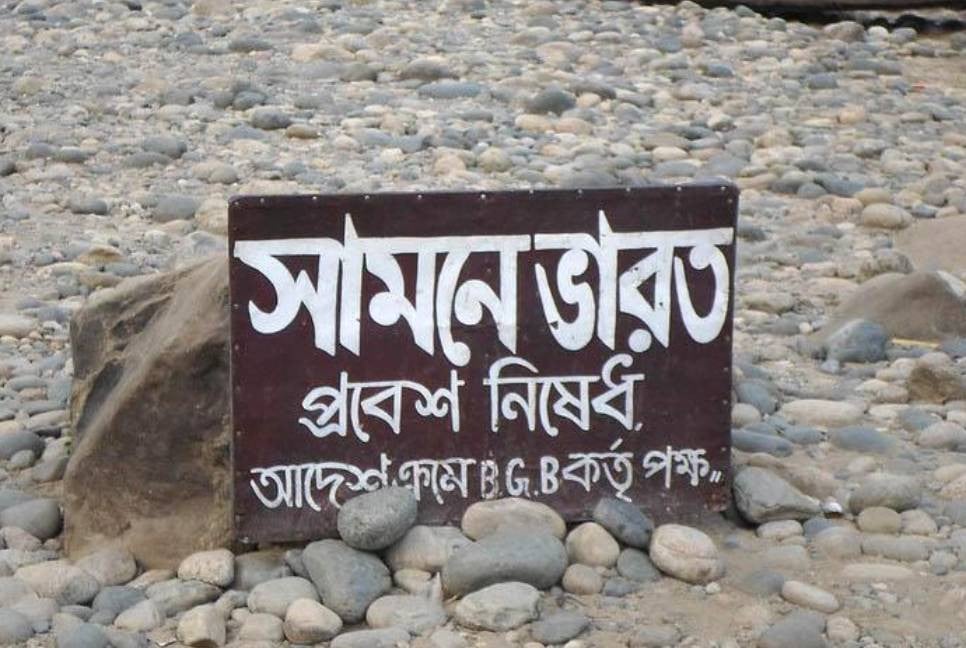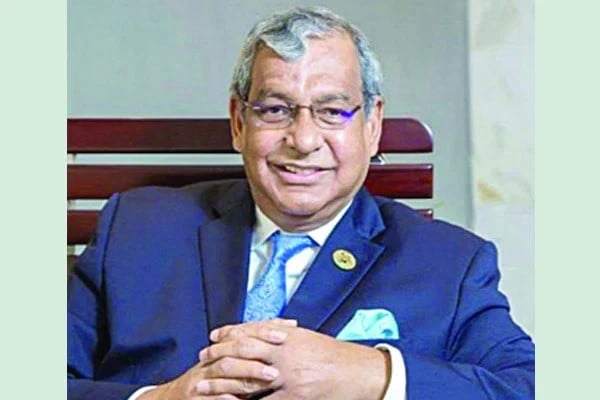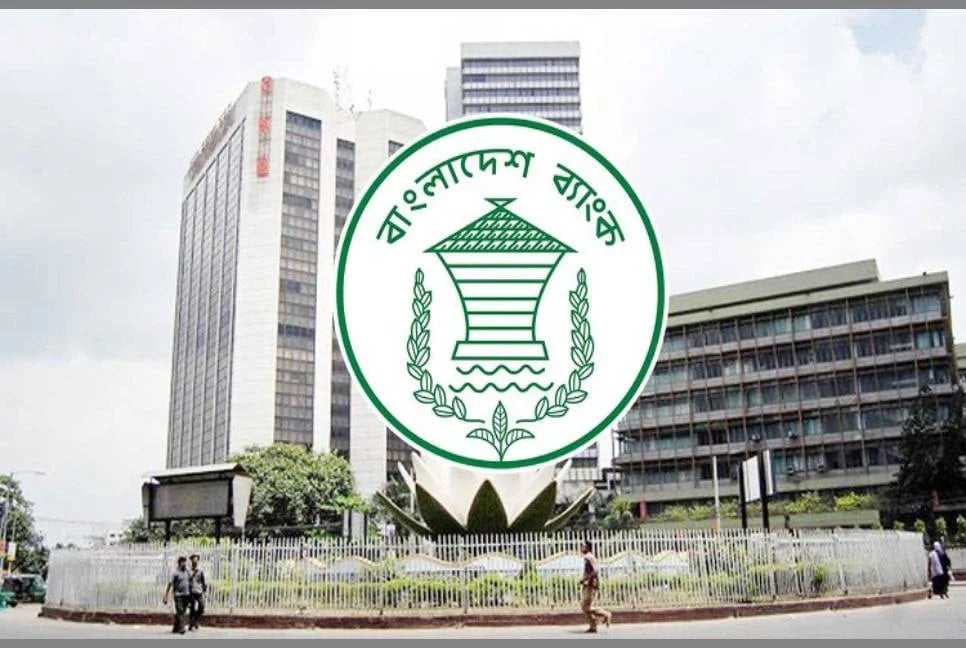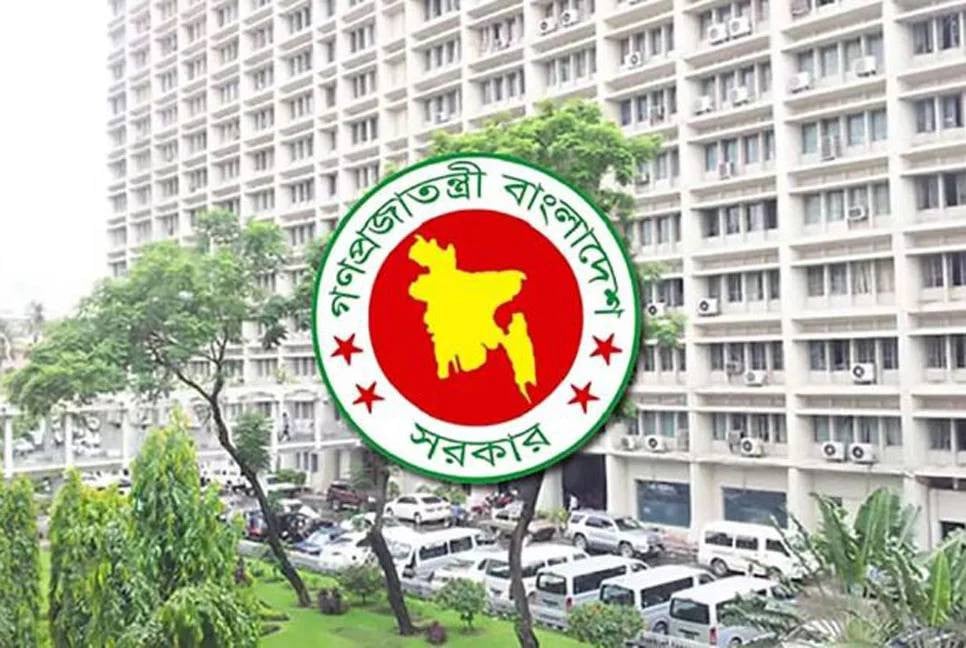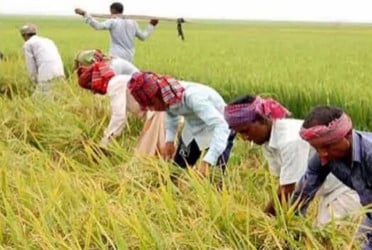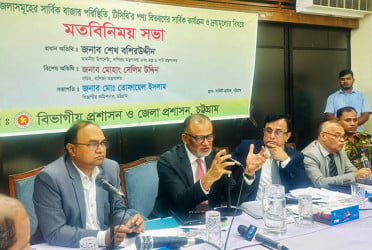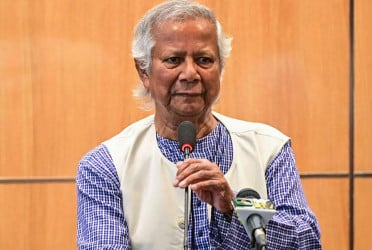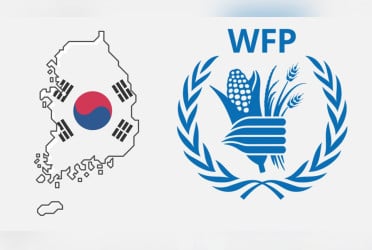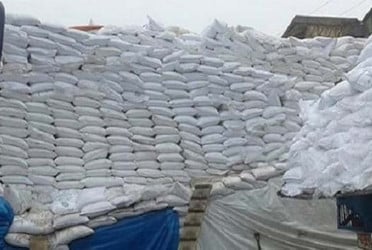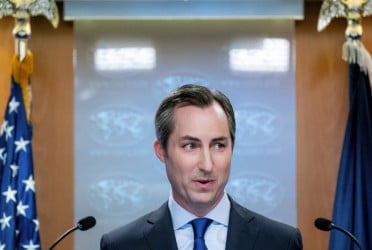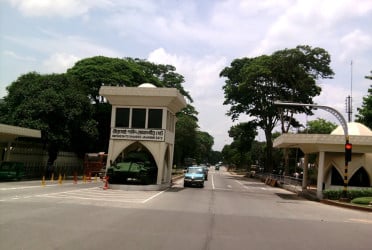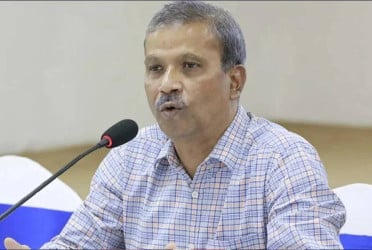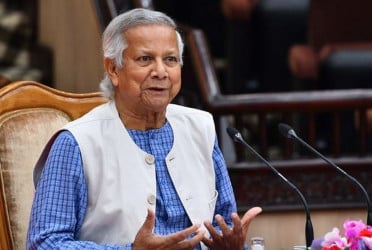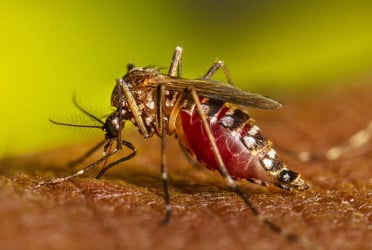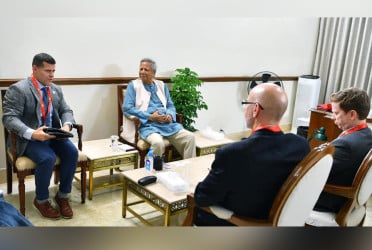The Government is set to draft new guidelines to protect the Sundarbans, the world's largest mangrove forest, in response to an increase in fire incidents largely attributed to human activities. Previous efforts to safeguard this UNESCO World Heritage site have faced challenges in implementation, experts said.
The Parliamentary Standing Committee on the Ministry of Environment, Forest and Climate Change convened on May 30 to discuss the new guidelines. An action plan will be developed based on the committee’s recommendations.
"Given the annual fire incidents in the Sundarbans, a clear action plan is essential," experts told Bangladesh Pratidin. The announcement comes ahead of World Environment Day on June 5, with this year's theme focusing on land restoration and drought tolerance.
Environment, Forests, and Climate Change Minister Saber Hossain Chowdhury stated, "We have decided to prepare a Standard Operating Procedure (SOP) to serve as a guideline for stakeholders, forest officials, and tourists." He emphasized the importance of an awareness program to educate the millions who rely on the Sundarbans on sustainable resource collection.
Khulna Region Forest Conservator Mihir Kumar Do confirmed that the committee would visit the forest, engage with stakeholders, and submit recommendations to the ministry.
On May 4, a fire in the Amarbunia area of Bagerhat district burned for two days before being extinguished by fire service, coast guard, and forest guard personnel. The blaze damaged five acres of the mangrove forest, spanning 7.9 acres in total. Human activities are often the cause of these fires, officials noted.
A research report titled "Paradigm Shift in the Management of the Sundarban Mangrove Forest of Bangladesh: Issues and Challenges" documented 24 fire incidents in the Sundarbans between 2001 and 2021, though the actual number is believed to be higher. Cigarette butts discarded by fishermen, wood collectors, and honey gatherers frequently ignite these fires. Deliberate fires are also set to clear land for cattle grazing, smoke out fish, and distract forest officials from hunting activities.
The Forest Department has long managed the Sundarbans, considering the local population's dependency on the forest and its economic contributions. Ten management plans have been drafted since 1875, with varying degrees of implementation, reform, and abandonment.
The report highlighted additional concerns, such as drying canals and accumulating dry leaves creating a flammable environment. Rising sea levels, exacerbated by local dams, prevent parts of the forest from receiving adequate water, disrupting the ecosystem’s balance.
To protect the life and nature of the Sundarbans, the forest department has announced a ban on the entry of tourists and foresters for three consecutive months. In the meantime, the ban that started from June 1 will continue till August 31. During this time none of the foresters, general public and tourists can enter the forest.
Usually these three months from June to August are regarded as the fish breeding season of the rivers and canals of Sundarbans. At this time, most of the fish in the rivers and canals of Sundarbans lay their eggs. It is also the breeding season of wild animals.
Professor Dr Md. Abdul Aziz, Department of Zoology, Jahangirnagar University told Bangladesh Pratidin, “We must have an action plan to protect the Sundarbans, especially to reduce the damage caused by fire.” It is seen every year, there is damage due to fire accident in Sundarbans. It is better to have an action plan about this. However, we often face challenges in implementing such plans. In this case, lack of manpower and skills is the main challenge in implementing the action plan.
“There is only less than a thousand manpower in the management of such a big forest like Sundarbans. The small number of workers in such a large area, who live a dehumanized life in the deep forests and who have various kinds of deficiencies, needs to be given importance. I think it should be done in the light of investigative reports and constructive information in making guidelines,” he added.
(The report was published on print and online versions of The Bangladesh Pratidin on June 04 and rewritten in English by Tanvir Raihan)


